
Hydraulic Cylinder
Specializing in both custom-engineered solutions and standard hydraulic cylindersPush pins and taper pins are essential fastening components widely used in mechanical, construction, and industrial applications. Push pins, typically featuring a spring-loaded mechanism, allow for quick insertion and removal, making them ideal for temporary or adjustable fixtures. Taper pins, on the other hand, are precision-engineered with a gradual diameter reduction along their length, providing a secure, tight fit when driven into a corresponding tapered hole. Both types are valued for their reliability, ease of use, and ability to handle various loads and vibrations.
Our push pins and taper pins are manufactured from high-quality materials to ensure durability and performance. Below are the detailed specifications presented in lists and tables for clarity.
| Parameter | Push Pin | Taper Pin |
|---|---|---|
| Primary Use | Temporary or adjustable fastening | Permanent, secure alignment |
| Installation | Simple push-in mechanism | Requires driving into a tapered hole |
| Material Options | Stainless steel, carbon steel, brass | Alloy steel, stainless steel, hardened steel |
| Standard Sizes | Diameter: 1/16" to 1/4"; Length: 0.5" to 3" | Diameter (large end): 1/8" to 1"; Length: 0.75" to 6" |
| Load Capacity | Up to 500 lbs | Exceeds 1000 lbs |
| Corrosion Resistance | High with plating options | Moderate to high, depending on material |
These pins are versatile and used across various industries. Push pins are常见ly found in furniture assembly, automotive interiors, and electronic devices for quick fastening. Taper pins are preferred in machinery, aerospace, and construction for aligning components such as gears, pulleys, and structural elements, ensuring precision and stability.
What is the main difference between a push pin and a taper pin?
Push pins are designed for easy insertion and removal, often using a spring mechanism, making them suitable for temporary applications. Taper pins have a conical shape that creates a tight fit when hammered into a tapered hole, ideal for permanent alignment.
How do I choose the right material for a push pin or taper pin?
Select based on the application environment: use stainless steel or brass for corrosion resistance in humid conditions, and alloy or hardened steel for high-strength requirements in mechanical settings.
Can taper pins be reused after removal?
Generally, taper pins are not recommended for reuse because removal can deform the pin or the host material, compromising the fit. It's best to use new pins for critical applications.
What tools are needed to install a taper pin?
Installation typically requires a hammer and a drift punch to drive the pin into the tapered hole. For precision, use measuring tools to ensure the hole taper matches the pin.
Are push pins suitable for high-vibration environments?
Push pins can handle moderate vibrations but may loosen over time. For high-vibration applications, consider additional locking mechanisms or alternative fasteners like taper pins for better security.
What standards govern the manufacturing of taper pins?
Taper pins are often produced according to standards such as ASME B18.8.2 or ISO 8736, which specify dimensions, tolerances, and materials to ensure compatibility and performance.
How do I maintain push pins and taper pins?
For push pins, periodic inspection for wear and cleaning is sufficient. Taper pins require checking for corrosion and ensuring the fit remains tight; lubricate if necessary, but avoid over-lubrication which can attract debris.
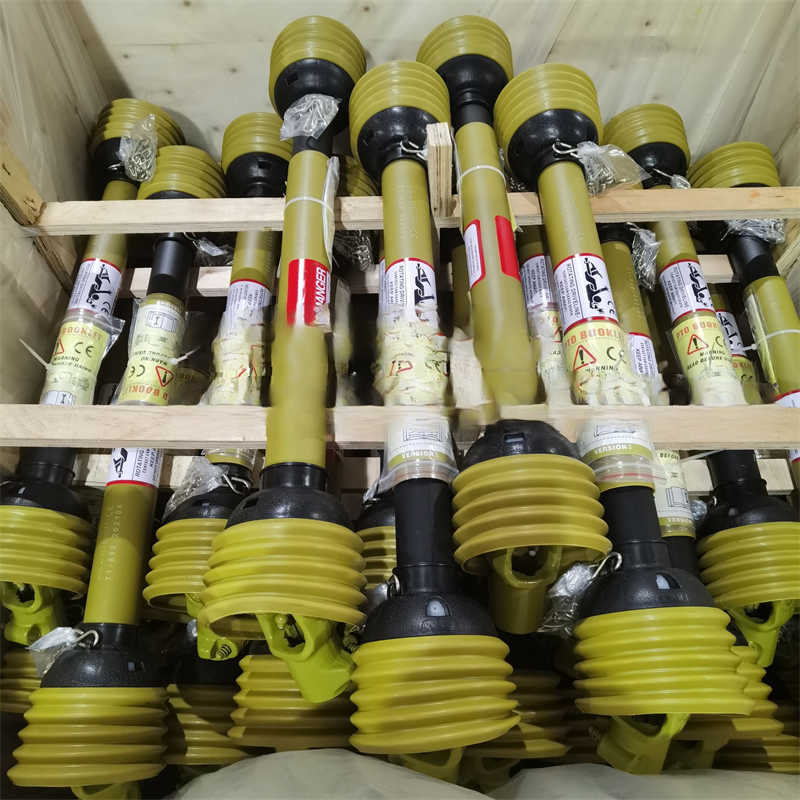
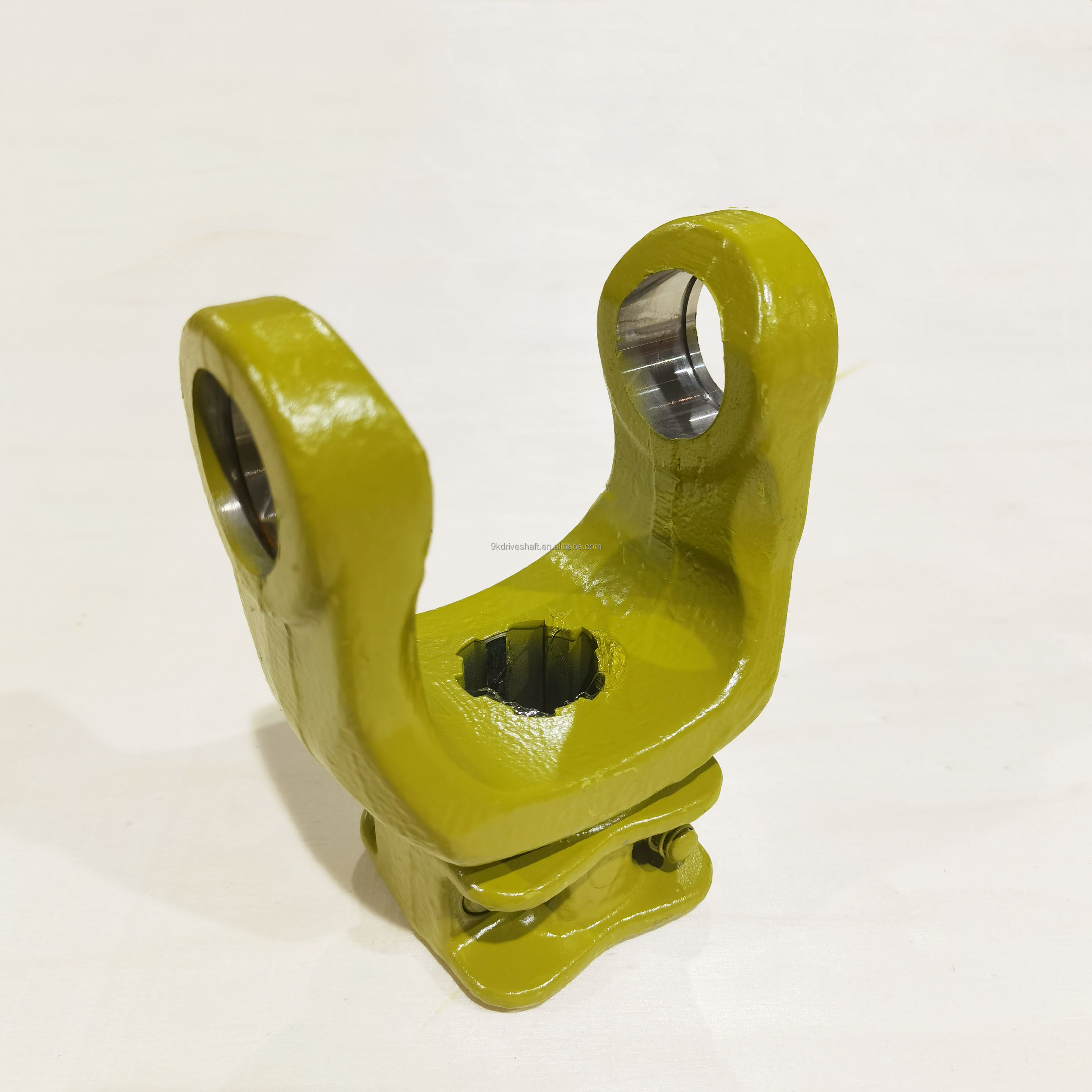
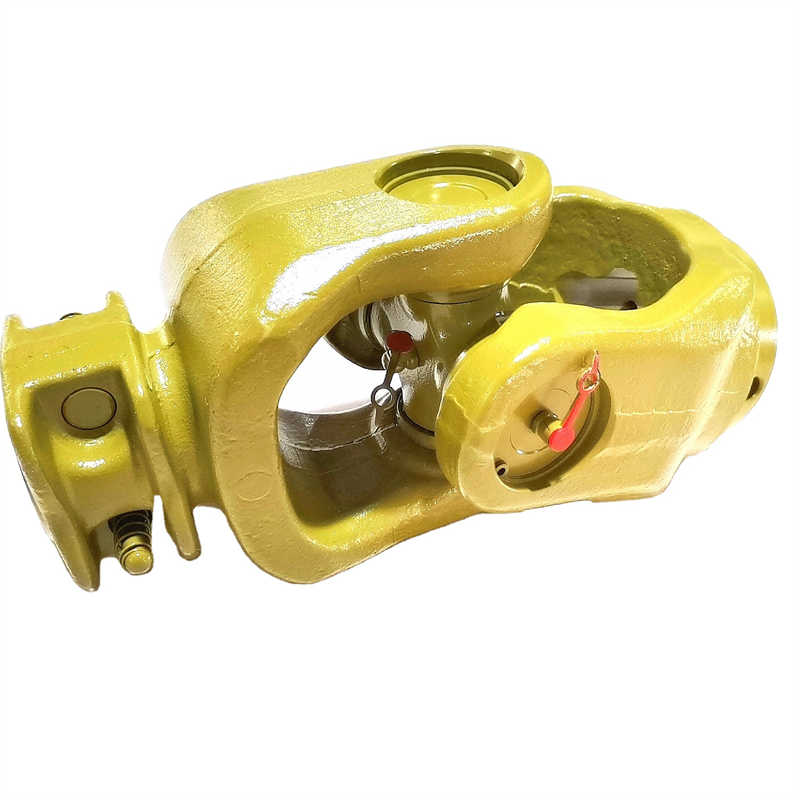
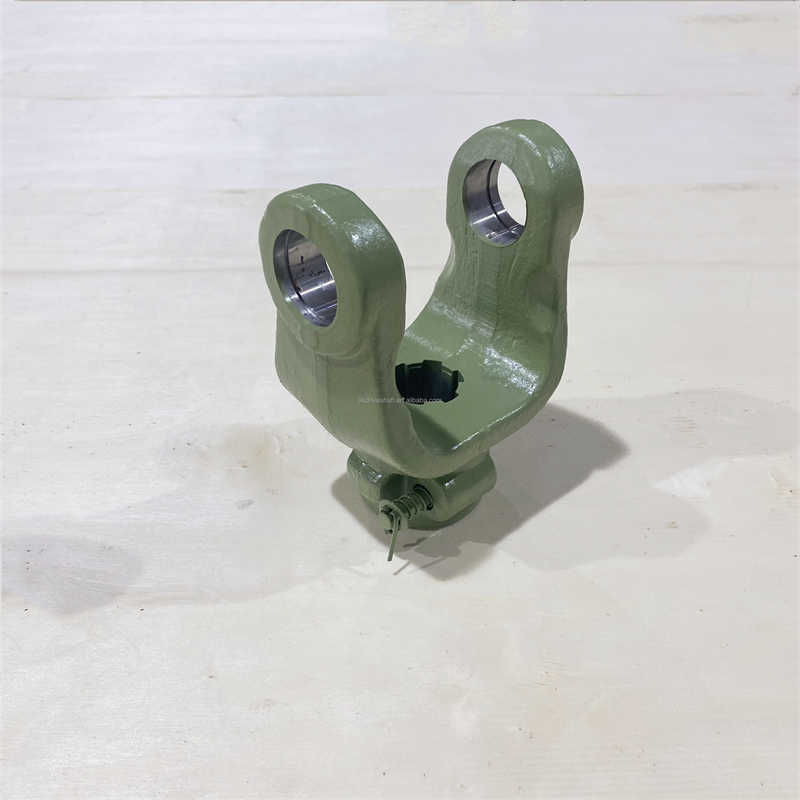
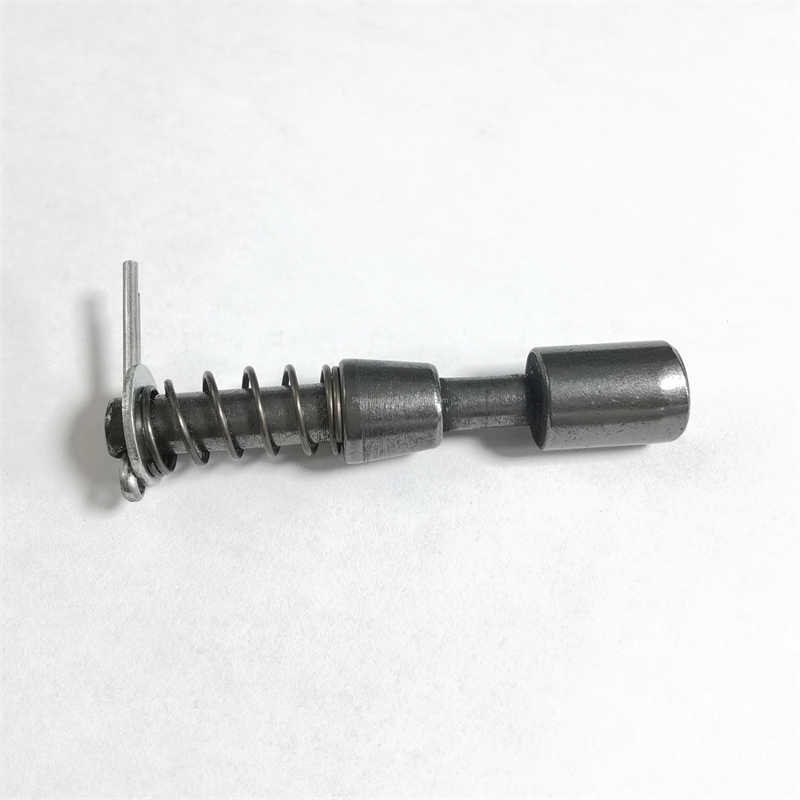
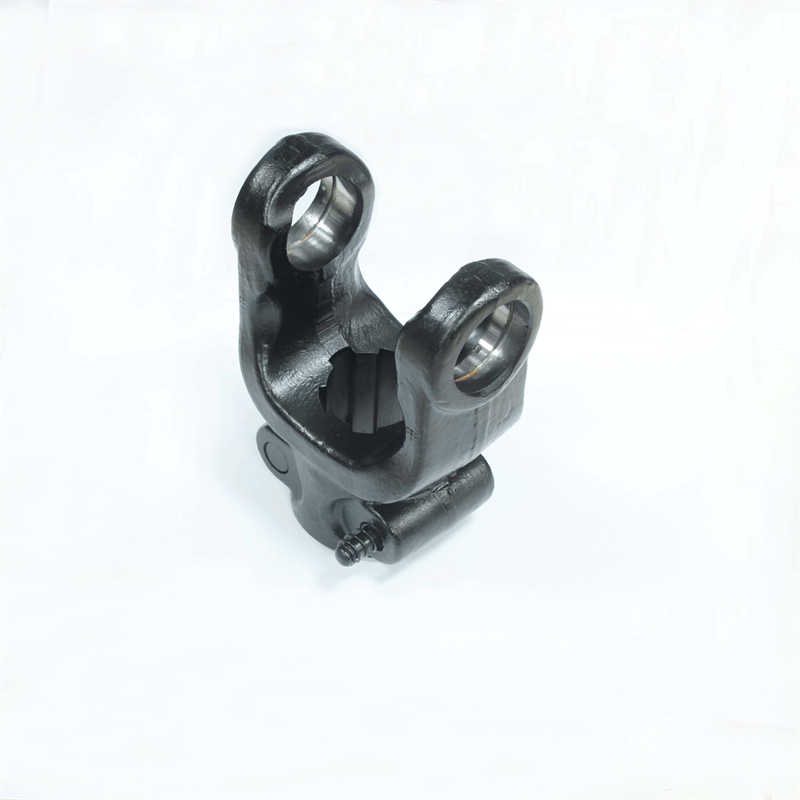
Phone: +86-574-87167707
Mobile: +8613083988828
E-mail: [email protected]
Address:Luotuo Industrial Area, Zhenhai District, Ningbo City, China
Copyright © Raydafon Technology Group Co.,Limited All Right Reserved
